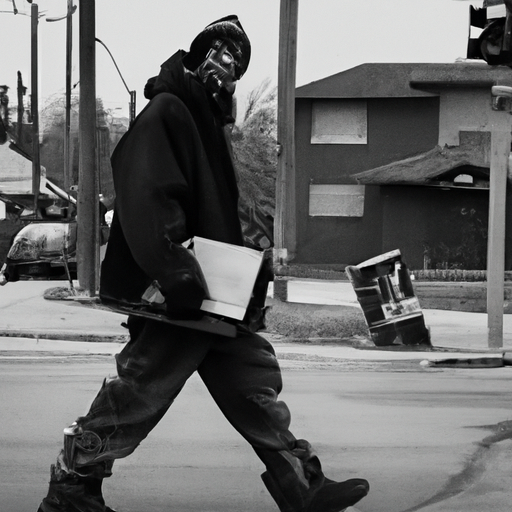West Virginia Court Decision: The Intersection of Opioids Distribution and Public Nuisance
Impact of the Opioid Crisis
The recent court proceedings in West Virginia questioning whether the distribution of opioids can be declared a public nuisance provides a groundbreaking perspective on the ongoing opioid crisis. What is emerging from this debate is the impact of the opioid crisis that transcends the realm of public health to gravely affect public order and well-being, notably through a surge in homelessness and crime rates. This gravely underscores the multidimensional ramifications of the opioid crisis.
The Case of West Virginia
As a backdrop, West Virginia currently leads the United States in opioid-related deaths. The court decision in question forms part of a broader opioid class action lawsuit involving multiple pharmaceutical companies. The companies are accused of rampantly and irresponsibly flooding the state with opioids. This case marks a crucial pivot in the conversation surrounding the opioid crisis, as it calls for attention to the social and communal fallout of widespread opioid use and abuse.
Public Nuisance Dilemma
In this context, the classification of opioid distribution as a public nuisance presents a complex challenge for the West Virginia court. Here, public nuisance, traditionally applied to actions adversely affecting property rights or involving dangerous or immoral activities, competes with the view of opioids as legally prescribable medications. Determining whether or not the opioid distribution can indeed constitute a public nuisance thus forms a groundbreaking litmus test for broader regulations and practices related to prescriptions drugs.
Main Arguments and Implications
The crux of the case is centered around two compelling constructs:
- The defense argues that these pharmaceutical companies operated under existing regulatory frameworks, and any associated public trouble does not make the distribution of opioids a public nuisance.
- Conversely, the plaintiffs argue that the aggressive distribution tactics of these companies are palpably linked to the opioid crisis plaguing West Virginia.
Effects of the Crisis and Countermeasures
Without question, the opioid crisis has wrought widespread destruction in the region, to include:
- An increase in homelessness: The opioid addiction has indirectly contributed to a significant rise in homelessness, as substance abuse often leads to job loss, family rifts and resultant displacement.
- A surge in crime rates: Increased criminal activities such as theft and violence have been linked to opioid abuse, as users often resort to unlawful means to sustain their addiction.
Efforts to reverse the damage and counteract the abuse have seen the use of Naloxone, an overdose antidote widely distributed in the high-risk areas. However, more comprehensive approaches addressing the opioids distribution systems need to be part of the solution.
Conclusion
The West Virginia court proceedings pose a multilayered problem that taps at the heart of the opioid crisis. A shift in perspective that frames the opioid crisis as a public nuisance could potentially drive systemic changes in pharmaceutical distribution strategies. Moreover, this ruling could set a precedent in holding companies accountable for indirect social fallout like increased homelessness and crime associated with their distribution practices. The outcome of this case could hold the key to unlocking sustainable solutions for grappling with the opioid crisis.
